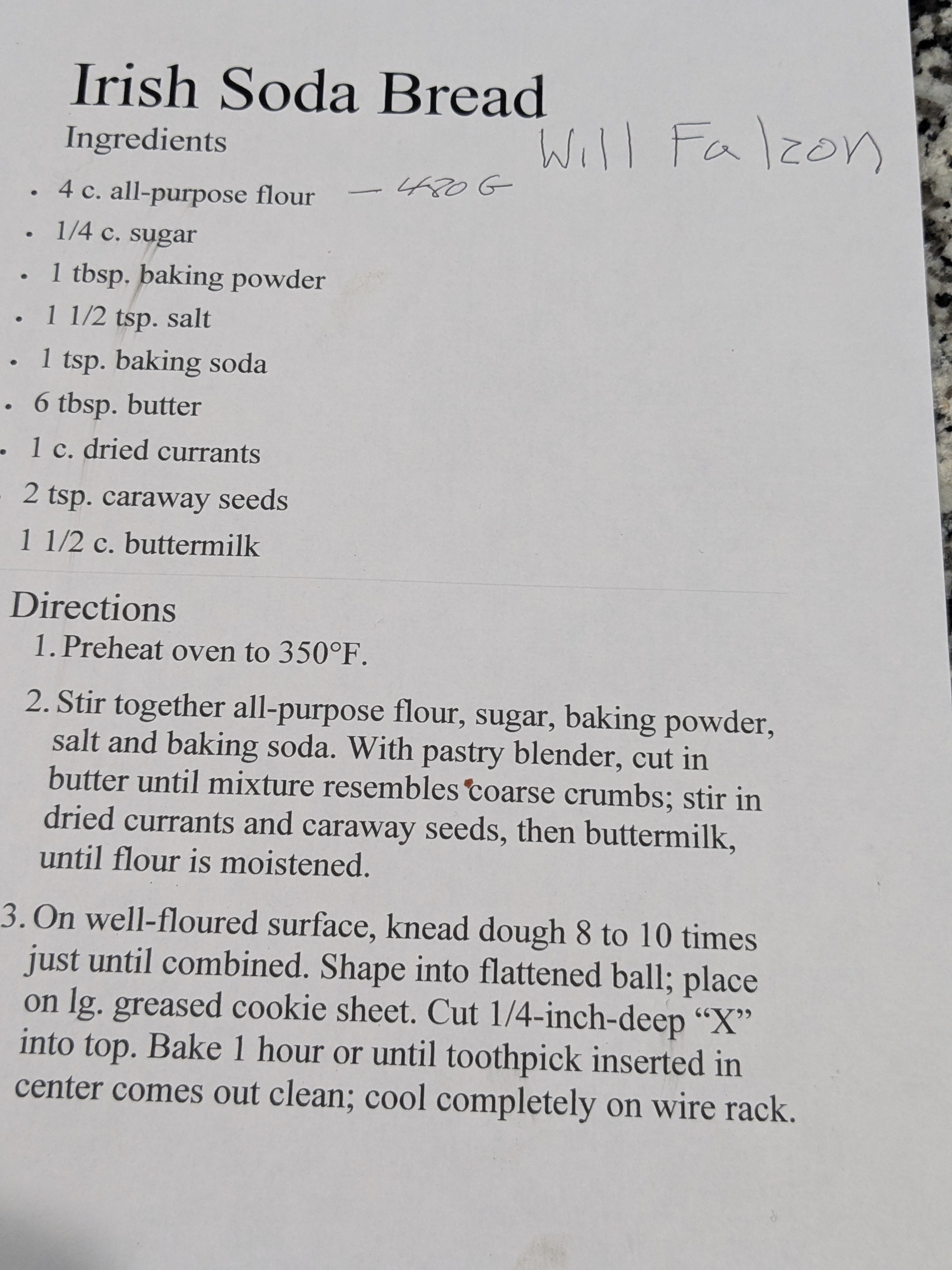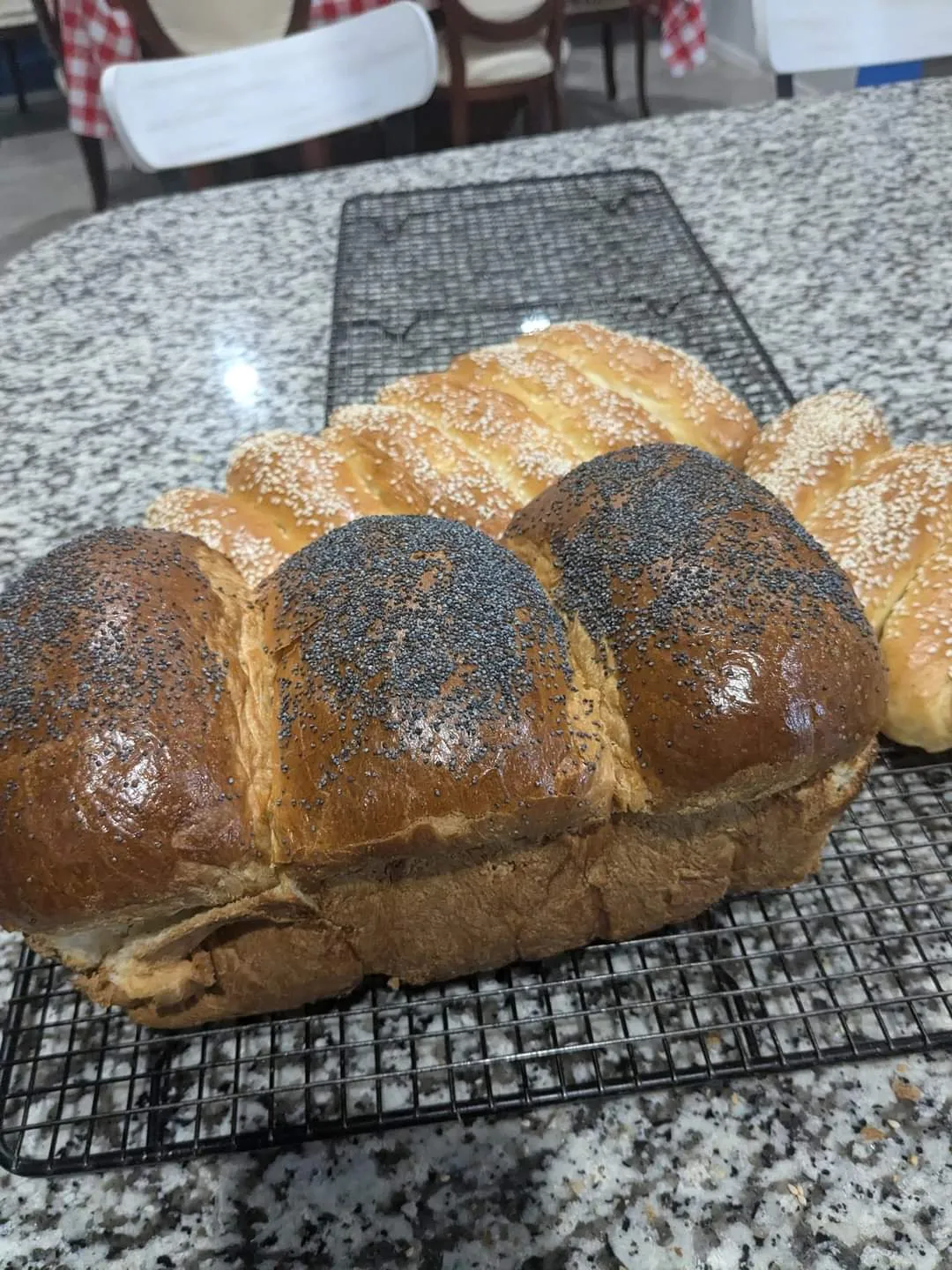The Roadside Pie King's blog
Fruit flavor pairing chart

I had forgotten, I made a fruit flavor pairing chart in PDF form. Enjoy! https://drive.google.com/file/d/1e7OUQtcafe8RnnMJDitwFKp4jRJtKJ6L/view?usp=drivesdk
Flammkuchen AKA- Tarte Flambe'e
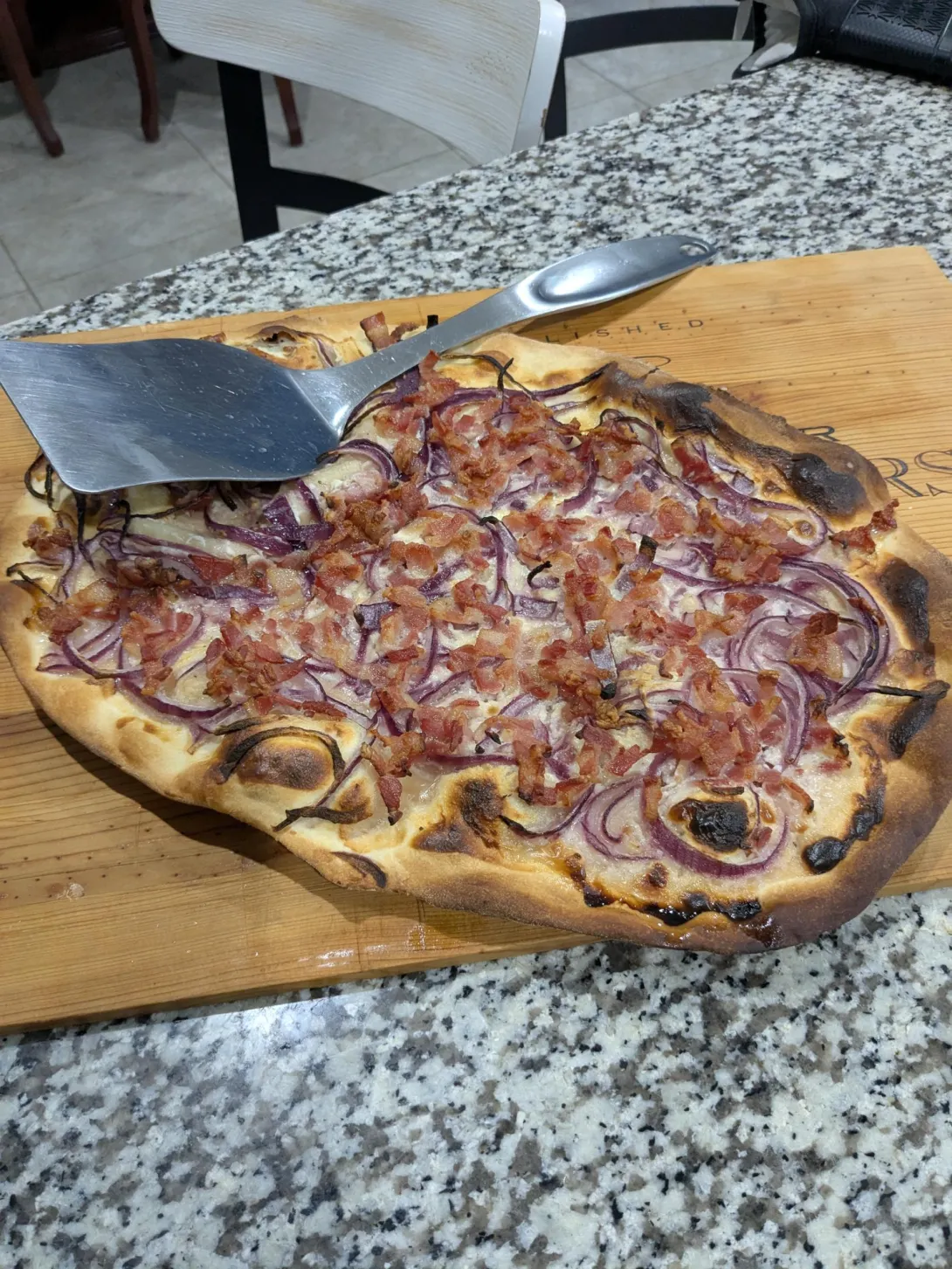
Formula 🔗 👇
https://mission-food.com/wprm_print/flammkuchen-tarte-flambee-german-pizza-with-bacon-and-onions
From Wikipedia, the free encyclopedia
Flammekueche
Flatbread C.B. #2 - Uzbek sourdough flatbread
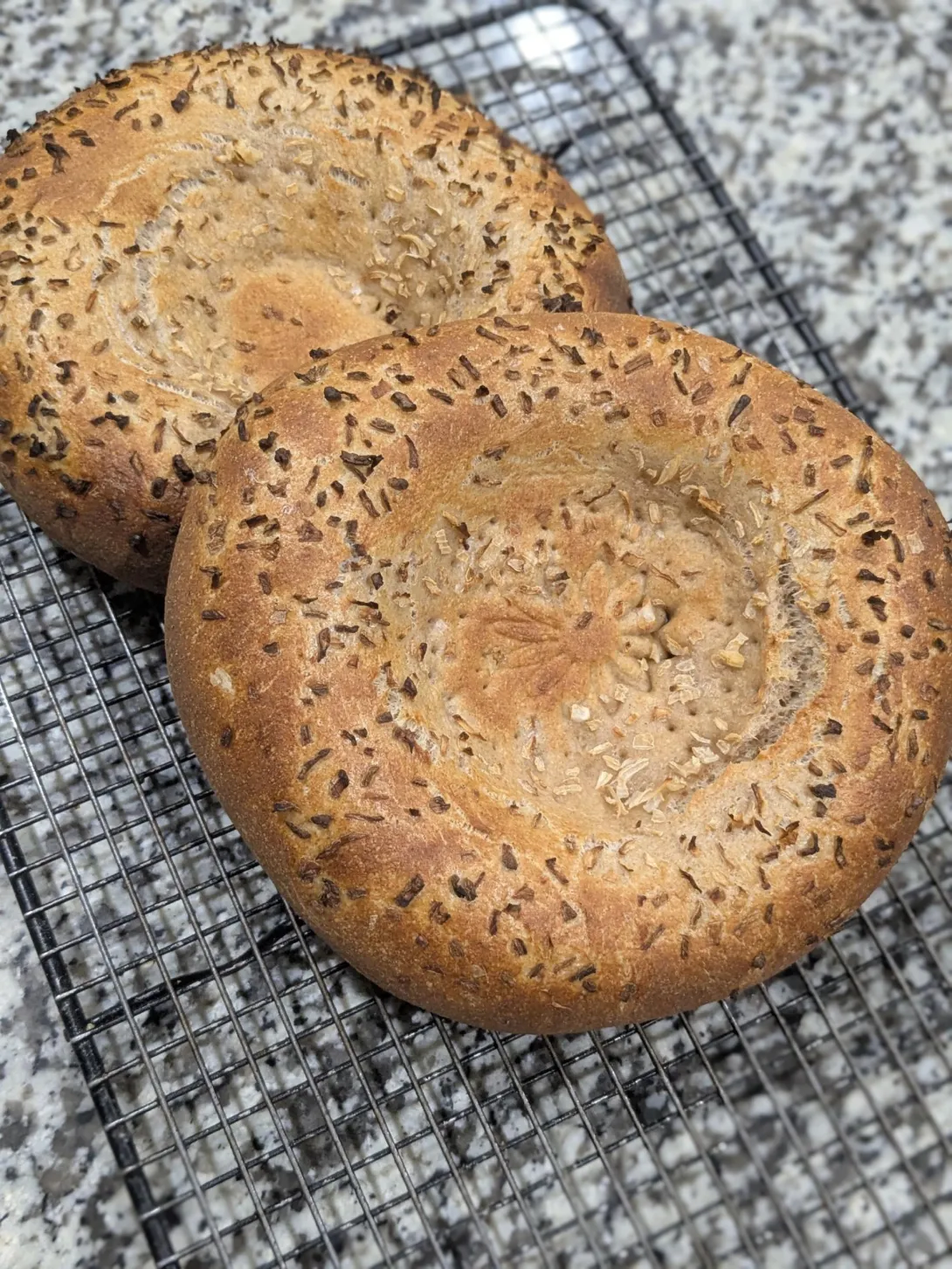
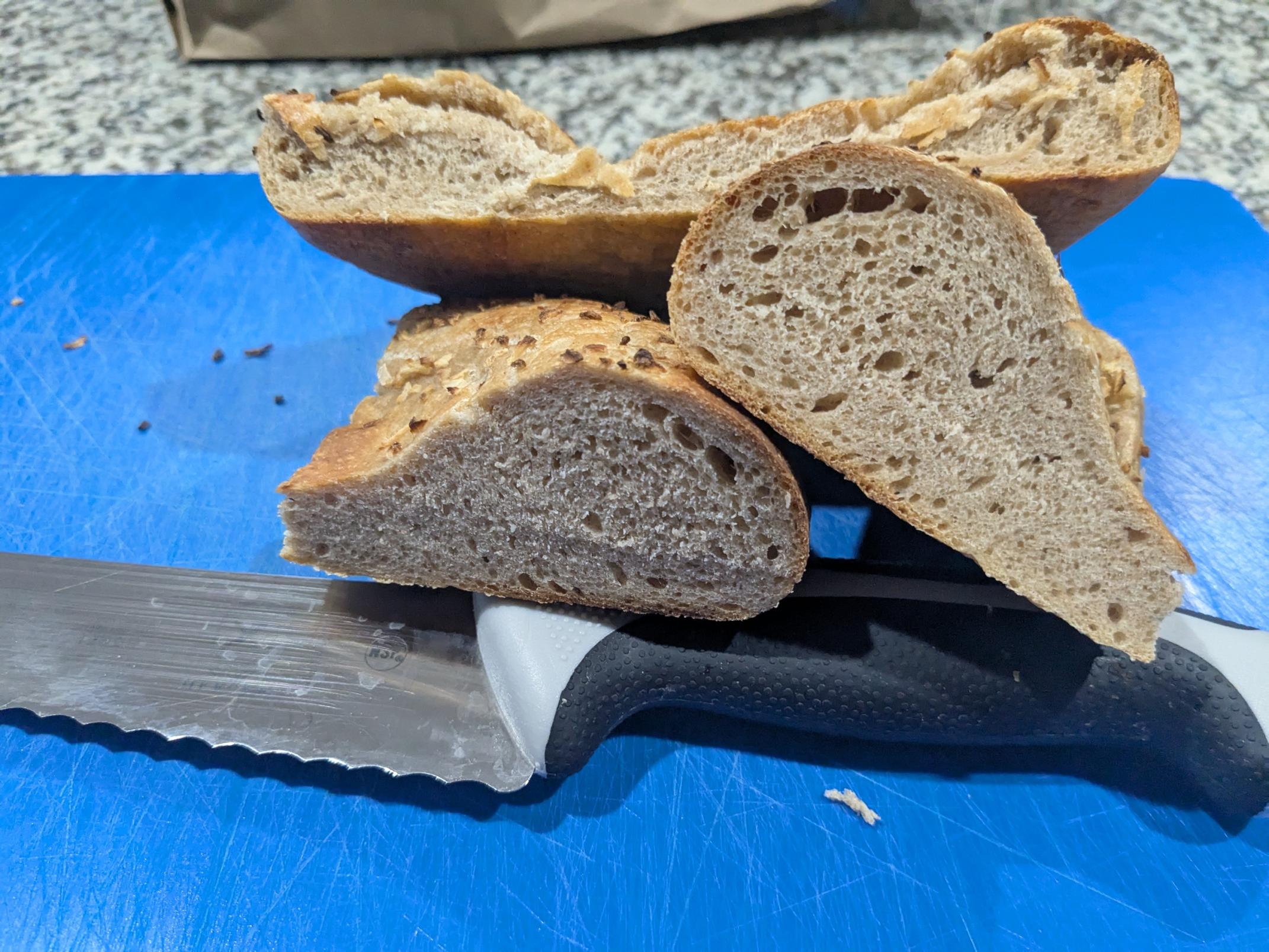 Formula courtesy of Ian Island66, by way of Tom Passin.
Formula courtesy of Ian Island66, by way of Tom Passin.
🔗 To Ian's blog post
https://www.thefreshloaf.com/node/75349/uzbek-sourdough-flatbread
The bake went pretty much verbatim to Ian's blog instructions. I am happy with the outcome. I used rehydrated onion for my topping.
kuruna tax-xewk rustic ( rustic crown of thorns)
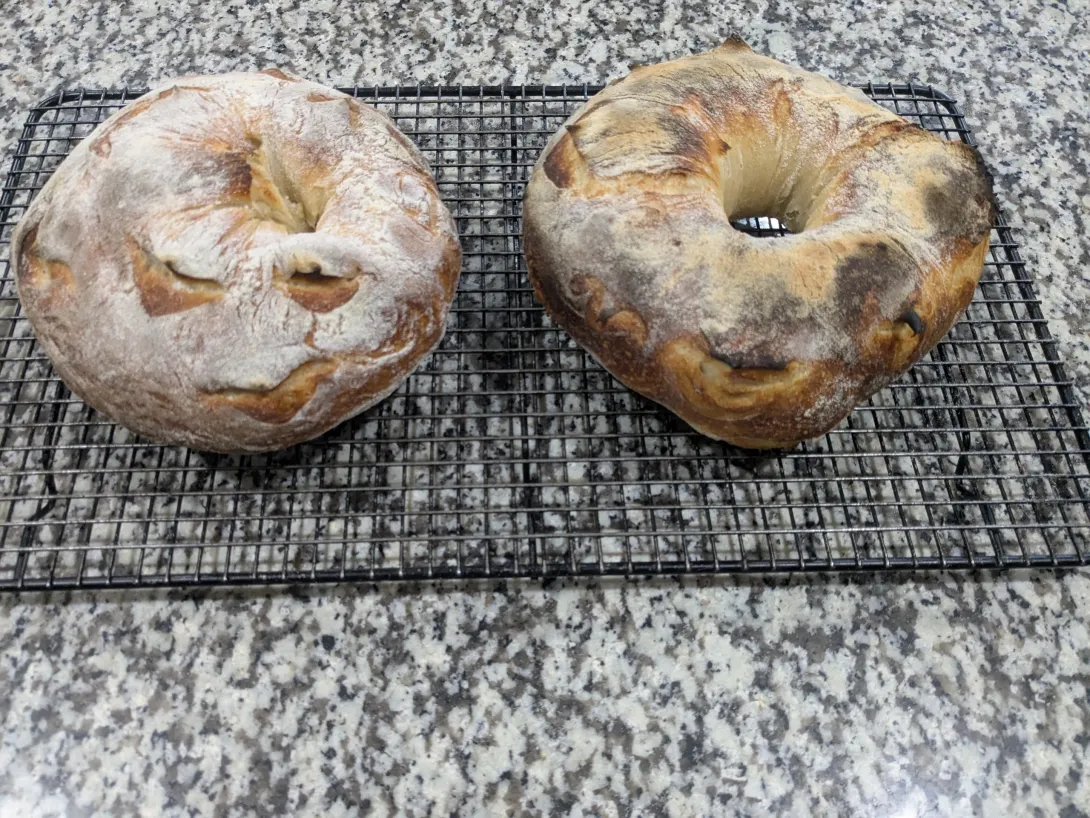
Maltese Ftira
The formula can be found at the link 👇 below 👇
https://www.thefreshloaf.com/comment/541015#comment-541015
Renamed for the Easter season
Photo montage process
The ripe dough culture
2., 3. Autolysis
4, 5 The mix
6. Stretch and folds ( Three at 30 minute intervals)
7,8 The lamination (30 minutes from last stretch)
9. Dough ball at beginning of untouched bulk fermentation
10. The final shape
Forkish's Country Bread. EIB Style.
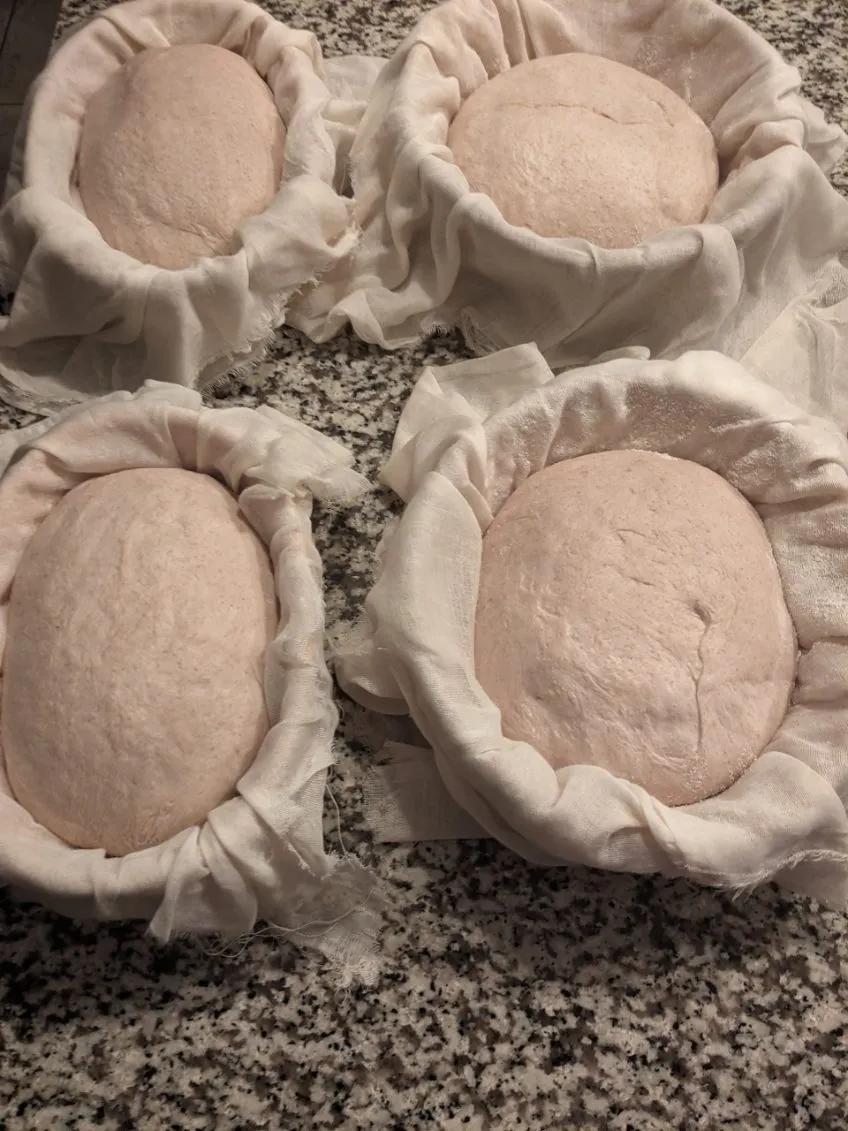
I pretty much have this one down pat. I am now working on an unfed l, overnight room temperature ferment style.
It's the early bird that catches the worm.
Bake off protocol initiated.
1. Preheat sequence - T Minus 30 minutes to completion.
2. Pre bake visual fermentation inspection ✅
95-100% of full fermentation achieved.
3. The flip ✅
4. The Slash ✅
5. The Load ✅
6. Initiate steam injection ✅
Now we wait...
My goodness, how good fresh bread smells in the morning!
Laboratory exercise and practice: Bread braiding.
04/05/2024
Aim:
Participation in Ralph Nieboer's Breadworks FB group community bake. " The Winston knot". To become capable, and proficient in shaping and baking a six strand Winston knot Bread.
Winston knot community bake.
Woke up, got out of bed and dragged a buffing rag across my head. I made my way to the kitchen and got an early start!
Photos
1. Tangzhung water roux. (150°F)
2. Rough looking dough after initial mix
3. Smooth dough after mechanical gluten development.

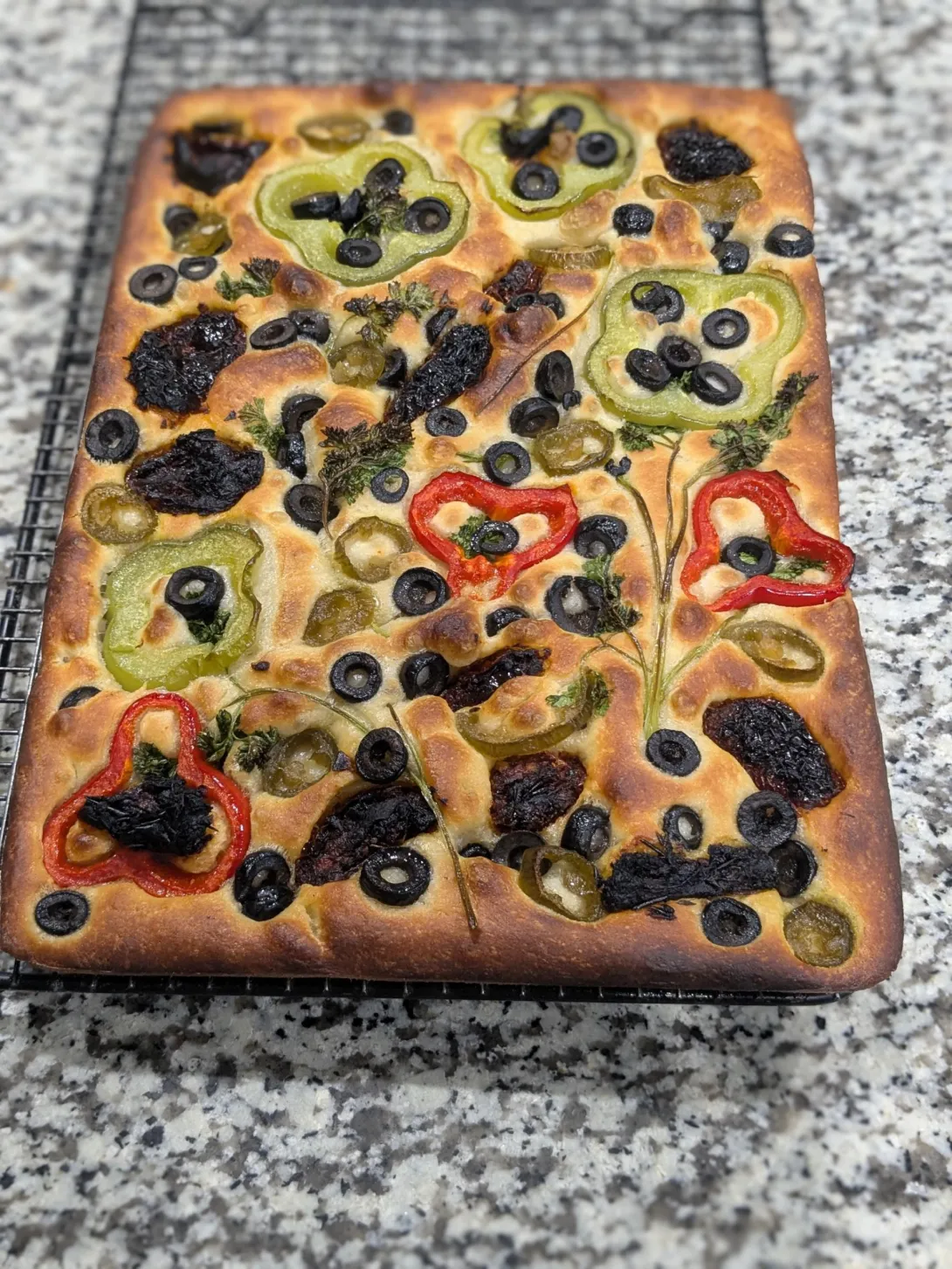
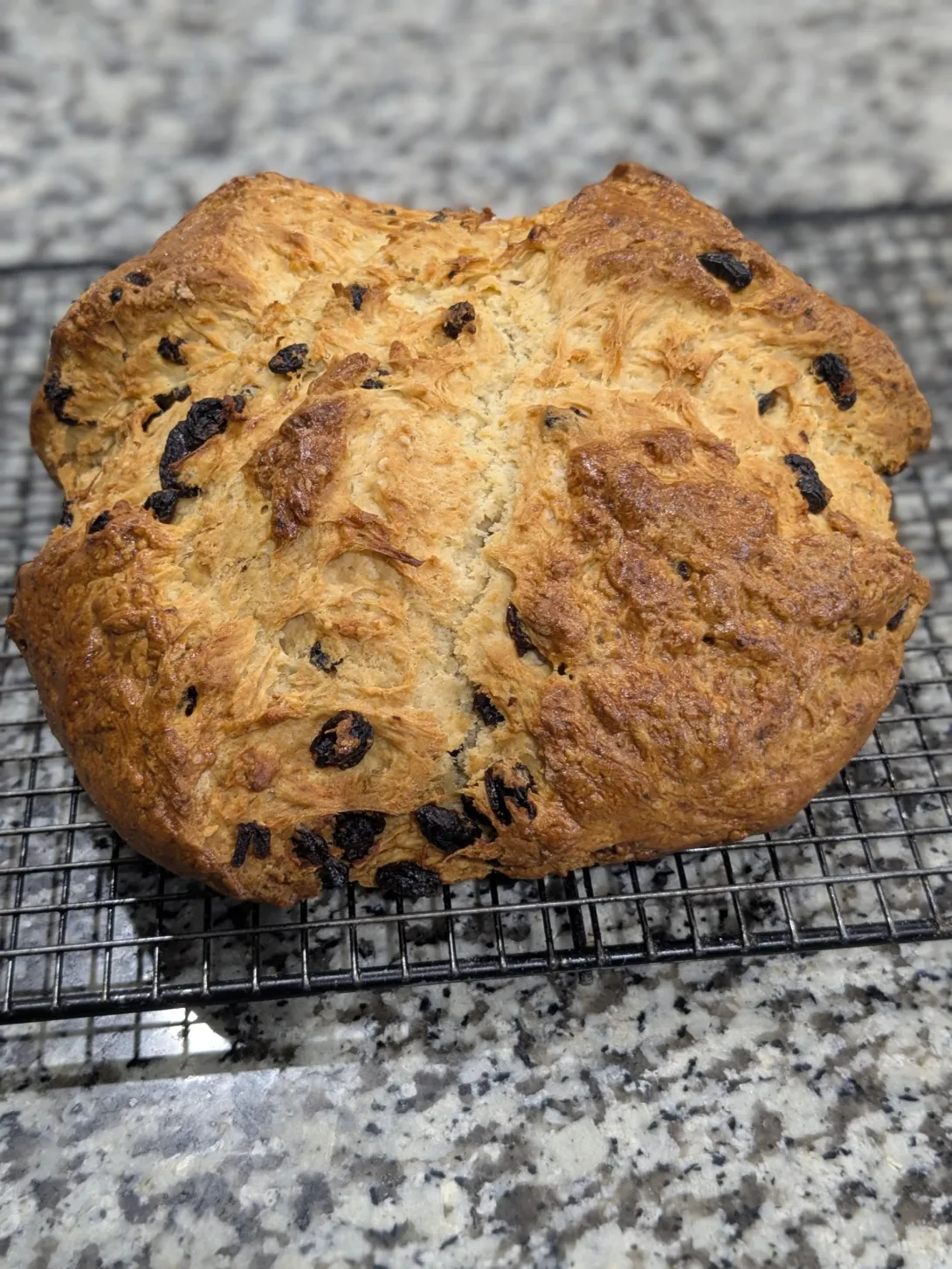
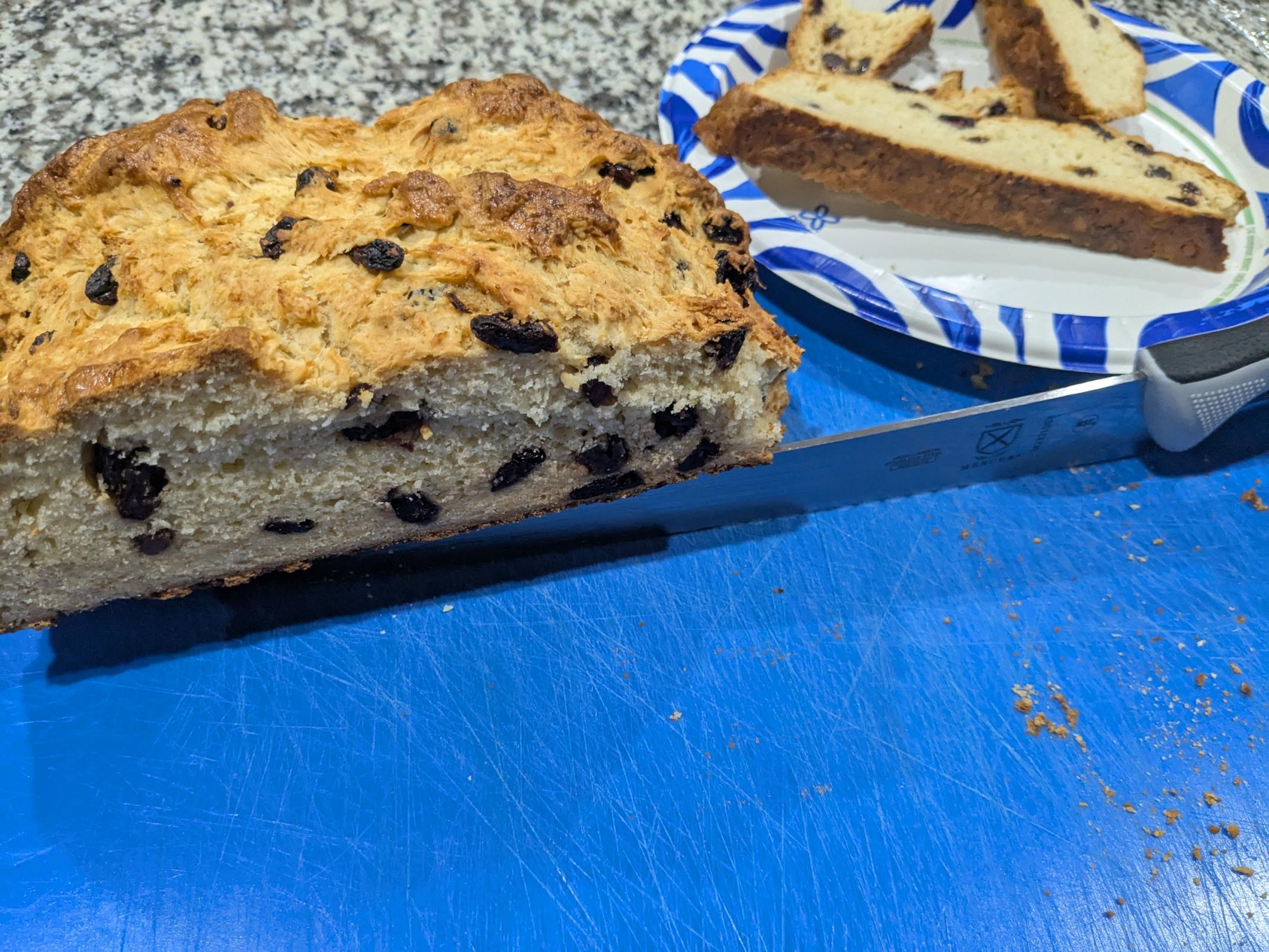 Formula revision:
Formula revision: